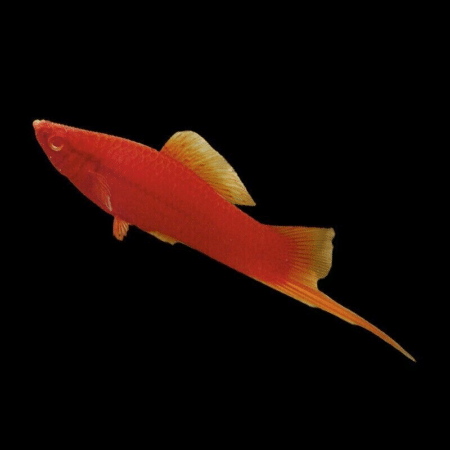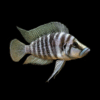-
×

-
×

-
×

-
×

-
×

-
×

Subtotal: £275.80
















Mike Thompson (verified owner) –
I recently added the Black Smallscale Cyprichromis (Cyprichromis Microlepidotus «Black») to my Lake Tanganyika aquarium, and I couldn’t be happier! These little guys are not just beautiful with their striking black scales and turquoise highlights, but they are also incredibly active and engaging. After about two months of observing them, I can confidently say they have brought so much life to my tank.
Initially, I was concerned about finding the right cichlid species that would thrive in my setup, but these fish have adapted wonderfully. They love to swim in schools and explore every nook of the aquarium. One thing I really appreciate is their peaceful nature; they coexist beautifully with my other tank mates without any aggression.
While they prefer slightly cooler water, I found that maintaining a stable environment with good filtration is essential for their health. I did notice that they can be a bit shy initially, but once they settle in, their vibrant colors and playful behavior truly shine through.
I recommend the Black Smallscale Cyprichromis to anyone looking for a stunning addition to their tropical fish collection. They would be perfect for both beginner and experienced aquarists who want to create a lively, dynamic aquarium. Just ensure you have enough room for them to swim freely! I would definitely buy them again, and I’m excited to see how they thrive in the coming months.